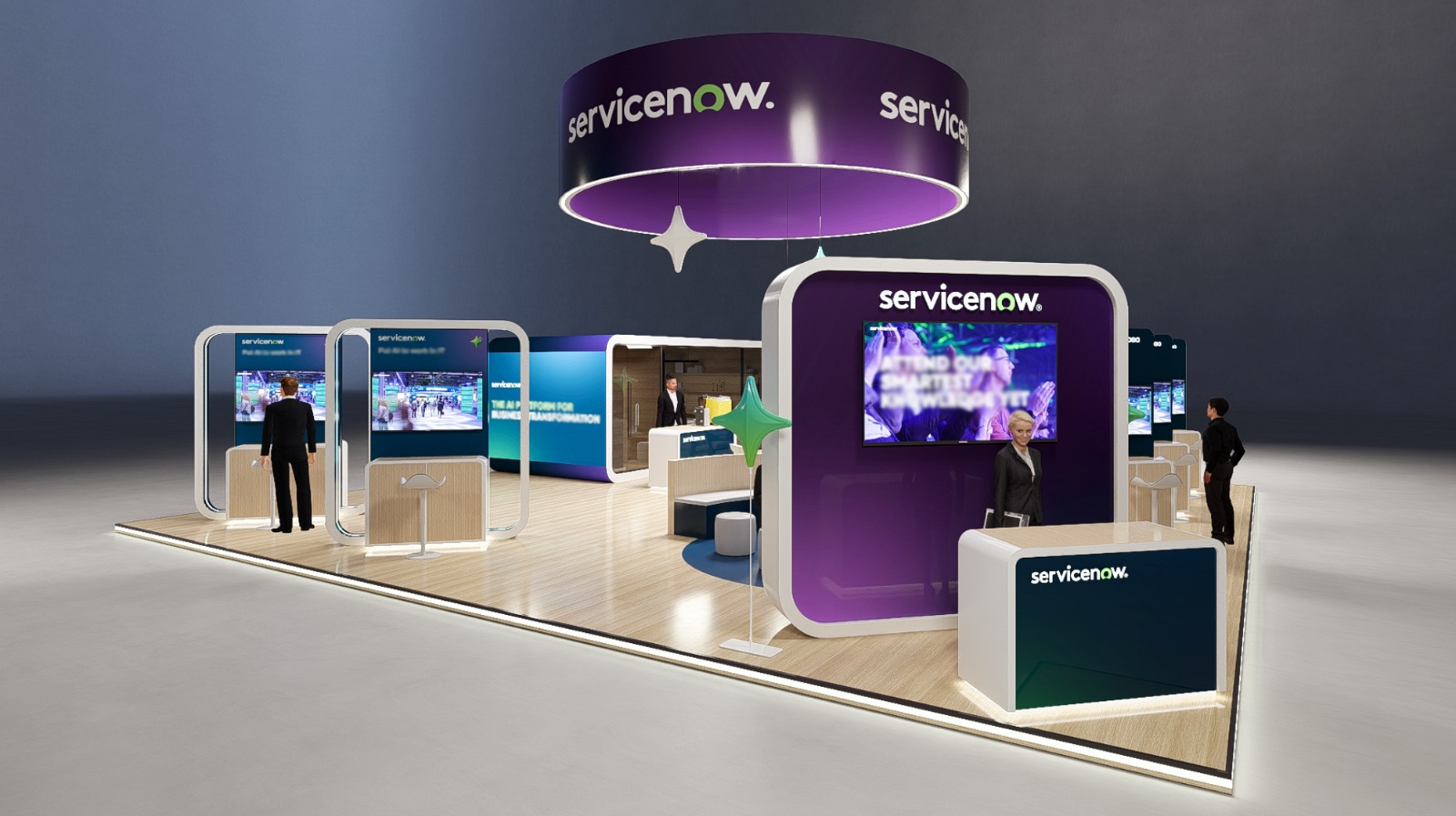Grocery retailers are leveraging these technologies to not only enhance the customer experience but also optimize their operations for greater efficiency and profitability. This transformation is grounded in two key areas: personalized customer service and operational excellence, both of which work together to create a seamless and tailored shopping experience that anticipates customer needs.
by Max Avtukhov, Chief Executive of Yango Tech
Personalization and Self-Checkout: The Basics of AI in Customer Service
Personalized shopping experiences have become a hallmark of the modern retail landscape. Retailers have been investing heavily in AI-driven solutions like machine learning to refine their customer engagement strategies. Personalisation allows grocery retailers to tailor promotions, recommendations and offers to individual shoppers based on their past purchasing behaviour, browsing habits, and even the time of day. This level of customization not only boosts sales but also builds customer loyalty by making the shopping experience feel intuitive and aligned with each customer’s unique preferences.
At the same time, technologies like self-checkout systems powered by AI have become a staple in grocery stores. These systems have evolved from a novelty to a necessity, reducing long lines and wait times while enhancing efficiency at checkout. Additionally, ML algorithms are enhancing fraud detection in stores with automated checkout systems. Computer vision and pattern recognition enable these systems to verify transactions in real-time, reducing human error and preventing potential fraud. This automation improves both the customer experience and store security, allowing shoppers to check out more quickly without compromising transaction accuracy.
Operations: Leveraging AI to Enhance Efficiency and Reduce Write-offs
While personalization has transformed customer interactions, AI’s impact on back-end operations is just as profound. AI can analyze data such as purchasing patterns, weather forecasts, and local events, enabling retailers to anticipate customer demand with a level of precision that was previously unattainable. This capability is particularly important when it comes to inventory management.
Predictive analytics, when used accurately, can help retailers keep shelves stocked with the right products at the right time, reducing the risk of overordering and minimizing write-offs. This is especially critical for perishable goods, where timely restocking is essential to maintaining
product freshness and preventing financial losses from expired items. Broad Impacts of AI in the Grocery Retail Market The broader impact of AI in grocery retail is immense and continues to grow. In 2023, over 60% of retailers reported plans to increase investments in AI to enhance the customer experience and boost operational efficiency. The global AI-driven retail market is expected to grow from $9.36 billion in 2024 to $85.07 billion by 2032, with a compound annual growth rate (CAGR) of 31.8%. This rapid growth reflects the increasing importance of AI in shaping the future of retail, with grocery stores leading the way in AI adoption.
In the region, major retailers such as SPAR and Al Sadhan have embraced AI technologies to enhance their omnichannel capabilities, providing a seamless shopping experience across both physical stores and online platforms. Similarly, Nana, a popular online grocery retailer, uses AI to personalize its offerings and optimize its operations, ensuring timely deliveries and efficient inventory management. These retailers are not only staying ahead of the curve but are also setting new standards for what customers can expect from their shopping experiences.
As AI continues to advance, it will play an even more crucial role in shaping the future of grocery shopping, providing both customers and businesses with smarter, more efficient solutions. The retailers who embrace these AI-driven innovations today will be the leaders of tomorrow’s grocery market.









